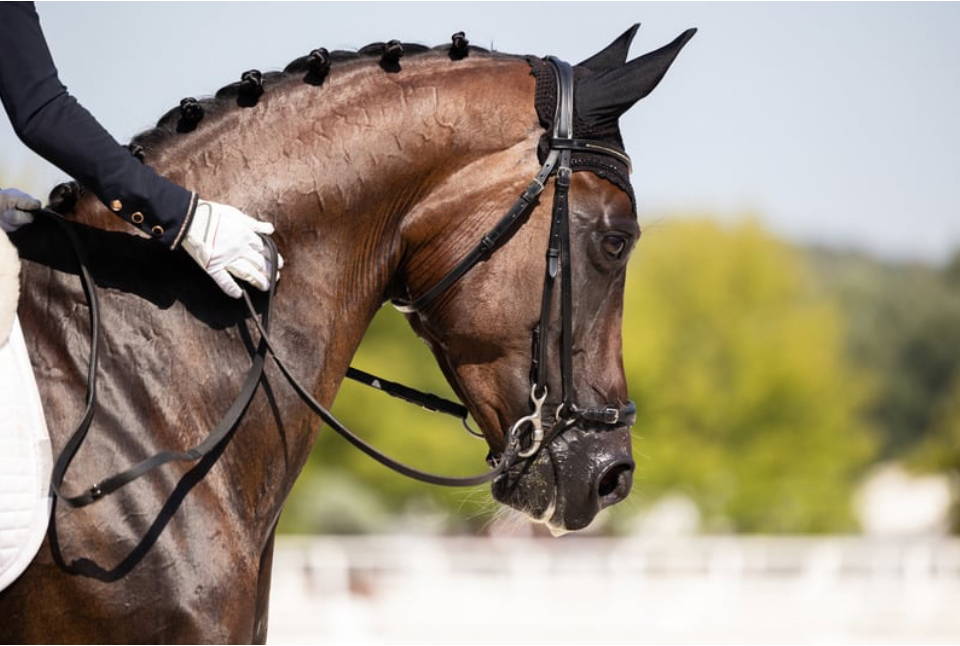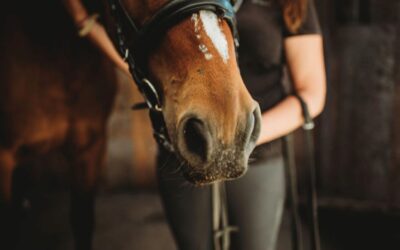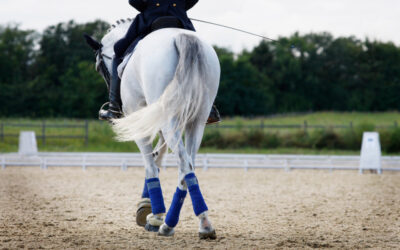When you watch a highly skilled rider in action, a dressage rider performing a flawless flying change or an event rider skillfully navigating a cross-country jump. it’s easy to marvel at what appears to be mystical talent. But behind every polished performance lies a powerful mental engine: memory. To develop high levels of performance both implicit and explicit memory will likely have played a part.
So, what’s the difference? And why do we need both?
Explicit Memory: The Conscious Playbook
Explicit memory is the kind you’re aware of. It’s conscious, deliberate, and something you can verbalize. This is where you store things like:
- Learning a dressage test
- A good schooling exercise to improve your horse’s suppleness
- The steps of a new technique, for example the aids for a shoulder in
- Competition rules, for example passing left to left in the warm-up arena
In essence, explicit memory is your mental playbook—what you know and can talk about. Early in skill development, this type of memory is really important. Think of the last time you learnt something new, perhaps how to ride a leg yield or key changes to your position. Remember how you had to really consciously focus on what you were doing. That’s explicit memory in action.
Implicit Memory: The Muscle Memory Machine
Implicit memory, on the other hand, is unconscious and automatic. It’s often referred to as “muscle memory”, skills and habits that you’ve practiced so many times they are autonomous, they become second nature. You don’t consciously think about how to rise to the trot it just happens.
This is the memory system behind peak performance or what is sometimes referred to as riding in flow. When the pressure’s on, it’s not your thinking brain (explicit memory) that ensures fluent performance it’s the deep, well-practiced routines encoded in your implicit memory.
Why We Need Both
So why do both play a part in peak performance
1. Learning and Refining skill
- You can’t build implicit memory without first engaging explicit memory. You learn a new skill consciously before it becomes automatic.
2. Strategic Thinking
- For example, when riding a dressage test you need to be aware of where you need to position your horse in the arena, your ring craft, which relies on explicit memory.
3. Pressure Management
- Over relying on explicit memory during performance can negatively impact performance, what is referred to as reinvestment or paralysis by analysis. But reflecting after a performance, learning from mistakes, and planning improvements? That’s the job of explicit memory.
The Mental Sweet Spot: Train Explicitly, Perform Implicitly
To quote sports psychologist Bob Rotella ‘You need to train it then trust it’, the goal is to train explicitly and perform implicitly. In training you want to consciously break down skills, then practice until they become automatic. Under pressure, the best riders “let go” of conscious control and trust their implicit memory to take over.






0 Comments